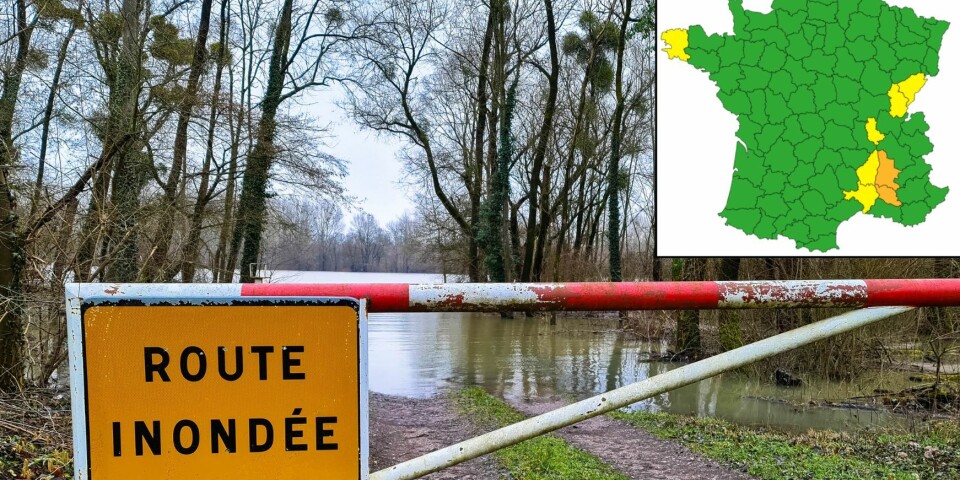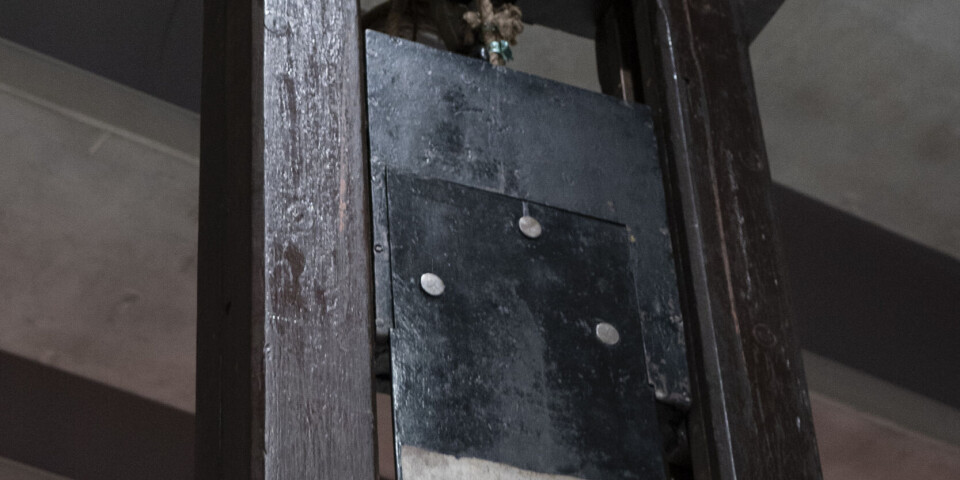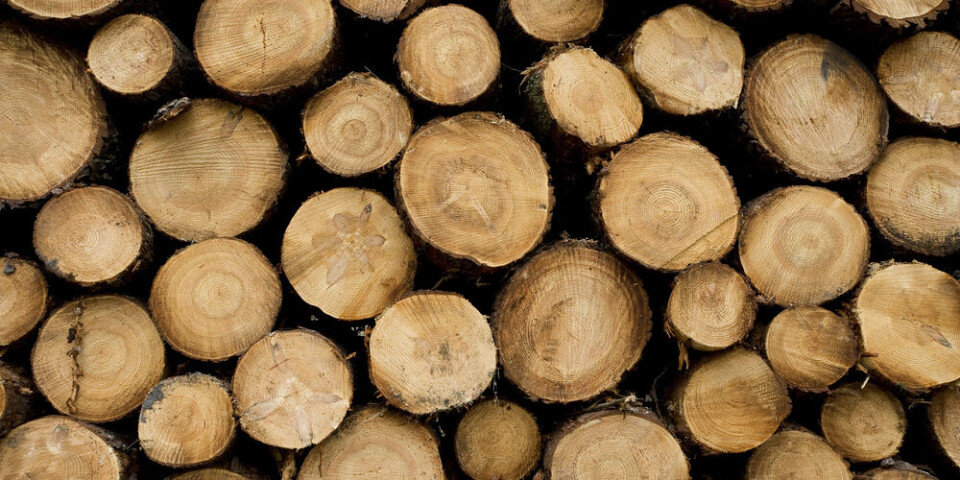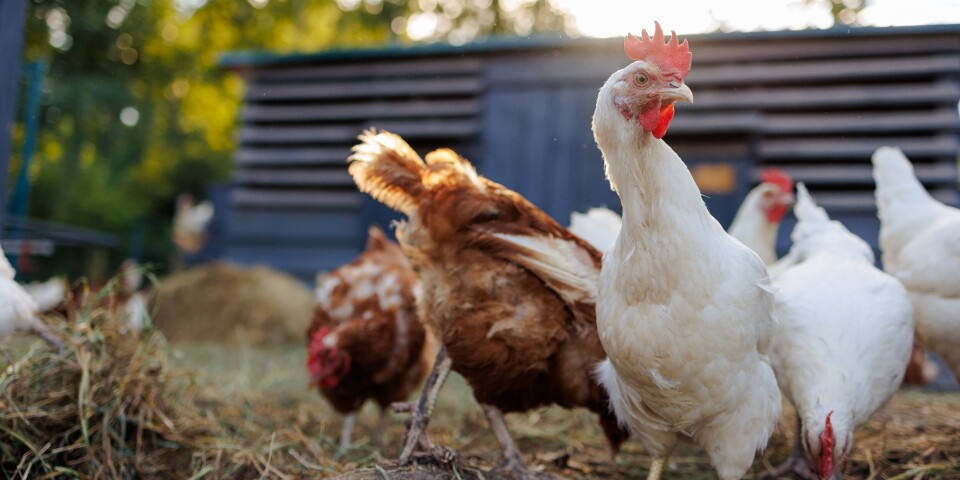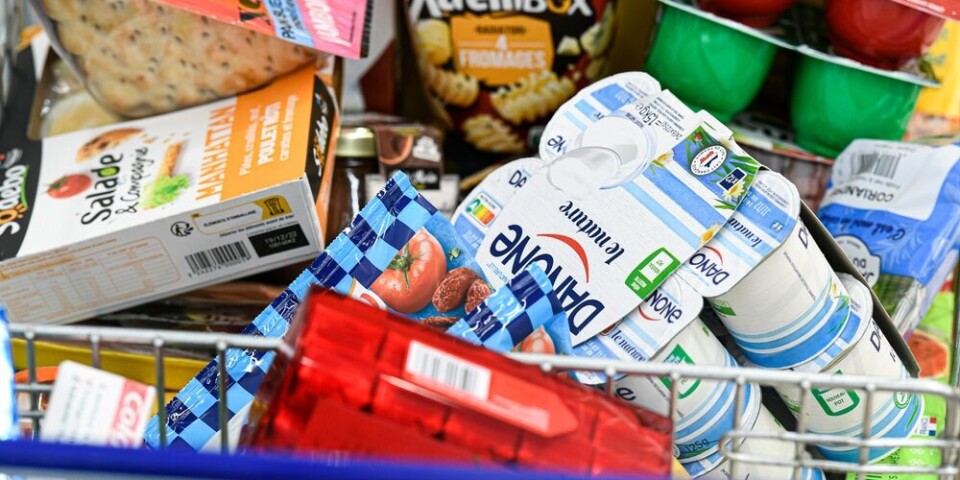-
Five more arrests but jewels still missing in Louvre raid
Vast gap between the extraordinary nature of the arrests and the ordinariness of our client, say lawyers defending robbery suspect
-
Photos: €4 million French chateau has €1 million auction start price
American couple are selling historic property near Cannes due to job change. It needs renovation work
-
Woman to receive medal after scaring off suspected attacker on French train
The incident happened on an RER in the Paris suburbs this month
Spider crabs invade the Brittany coast
Exceptionally high temperatures and strong currents have washed ashore a huge number of live spider crabs on the Breton coast

Locals on the Norman-Breton Gulf noticed the influx of the marine crustaceans started on 20th June.
Strong currents, low sea levels and the recent heat wave are all believed to be contributing factors.
“The species is close to the shore in June, and the usually gather to shed their shells in summer, but it can happen earlier,” Martial Laurans, a research fellow on crustaceans, told Le Parisien.
As crustaceans grow, their shells become tighter, and the process of ‘molting’ or shedding their shell starts weeks prior to the event. After the old shell is shed, the new shell takes a while to harden and become durable. The frequency of shedding varies from a couple of months to three years.
Consequently, it is usually just empty shells that wash up on the shore in Brittany.
Those plucking the live crabs in hope of selling them to be eaten need to pay attention that their claws are not soft, a sign that they are not fit to eat. Due to the increased supply, their price on the seafood market has gone down significantly.




